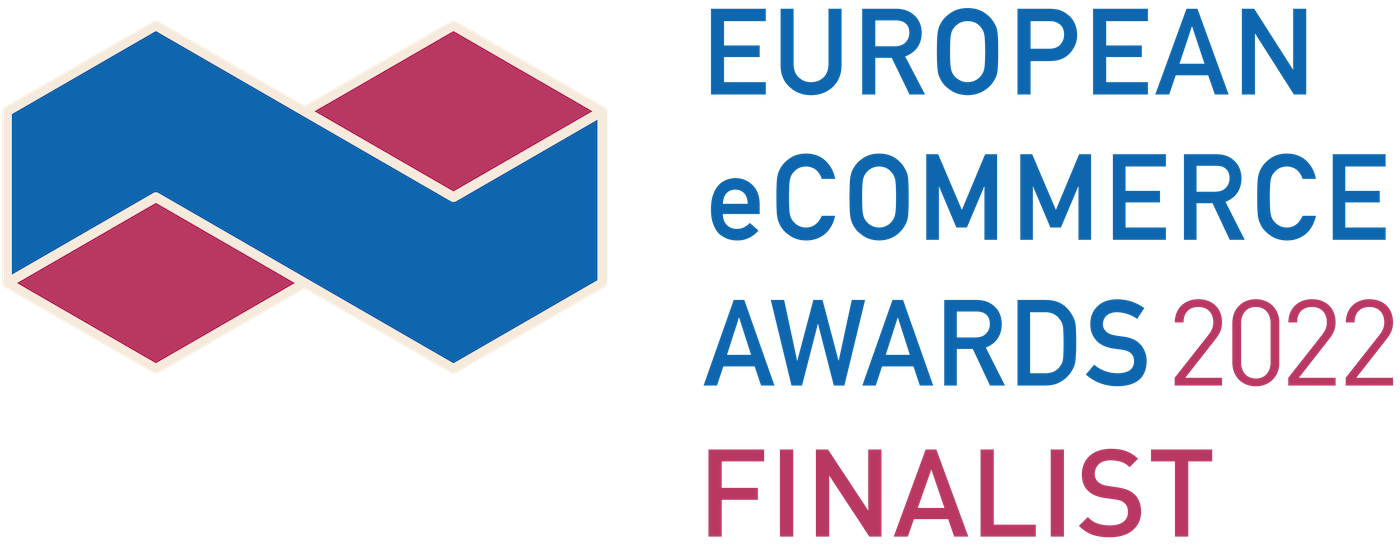- Product
- Price
- Place
- Promotion
- Product - this is simply everything you offer: USP, the technological process, brand, servicing or guarantee.
- Price - this is the cost the customer has to pay in order to purchase the product. The price directly influences the demand and conversion rate. When the product is expensive, you can expect less demand and a lower conversion rate. According to the research, product price is the main factor affecting the customer’s decision making process.
- Place - these are all activities dealing with the delivery of product to the customer. A website is the main sales channel in the cases we’re discussing today, therefore all UX/UI activities that have a direct impact on conversion rate are the key to success.
- Promotion - these are marketing activities defined as communication of the brand with the customer. Promotion includes all PR activities, special offers or search campaigns.
 If you want your campaign to be successful, you need to optimize every of the mentioned aspects. And this task is easier in the case of big companies which approach marketing consciously and which employ marketing specialists or even entire departments. Most often, we focus on tailoring the appropriate tools of Google & Facebook platforms to our specific goals. When it comes to small companies, we often function as marketing advisors who help clients to optimize the main elements of the marketing mix, such as unique product features, brand promotion, special offers or UI/UX tips. This is the added value of cooperating with specialists at Delante.
If you want your campaign to be successful, you need to optimize every of the mentioned aspects. And this task is easier in the case of big companies which approach marketing consciously and which employ marketing specialists or even entire departments. Most often, we focus on tailoring the appropriate tools of Google & Facebook platforms to our specific goals. When it comes to small companies, we often function as marketing advisors who help clients to optimize the main elements of the marketing mix, such as unique product features, brand promotion, special offers or UI/UX tips. This is the added value of cooperating with specialists at Delante.
What are the objectives of the campaign?
Probably many times you’ve heard someone promising you that they would increase your sales by x% immediately after launching the campaign. We hope that you weren't fooled by such promises. However, the problem arises in the case of start ups, which, encouraged by the vendor's promises, decide on this form of advertising and forget about other elements of the marketing mix. If you want your campaign to generate satisfactory results, you need to be active in many areas and Google Ads is only one of the channels that enable improving traffic to your site or its reach. So are the promises of an x% increase unrealistic? Well, definitely, unless they were preceded by a thorough analysis. On the other hand, the situation is completely different in the case of a reliable estimation which takes into account elements such as campaigns conducted so far, other advertising activities of the client or the marketing mix. Otherwise, there may be a possible increase but it’ll only be a stroke of luck. That’s why you should maximize your chances of success. Keep reading our article to find out how to do it. Throughout all this time, by conversion we mean direct sales and many companies use Google Ads mainly for this purpose. It isn’t wrong, however, remember that both Google search engine and the AdSense network offer a much wider range of possibilities and can realize other objectives, not only the ones related to sales. Some of the clients willing to start their adventure with Google or Facebook Ads focus on short-term goals meaning direct sales. As long as it’s the only sensible approach in the case of certain industries, it’s not the most efficient solution when you take into account the realities of today’s market and the emergence of hypercompetition. We’d suggest both clients whose campaigns already generate satisfactory results and those who are just starting their adventure to expand their horizons when it comes to marketing tools available on the market. Determine your long-run goals already at the stage of devising your strategy and it’ll automatically improve your sales. The most important short- and long-term goals include: 1. Short-term goals:- ad impression and range,
- traffic to the site,
- direct reactions such as sales, generating a lead, contacting the company after visiting the site,
- subscribing to the YT channel, liking the fanpage or reacting to the post.
- Building brand awareness,
- Improving customer loyalty,
- Increasing the number of customer recommendations,
- Improving customer awareness.
Customer’s path and Google Ads
Google has developed its customer's path. To some extent, it's based on the well-known AIDA sales funnel. According to Google, the 4 steps of the customer's path include:- Showing that your product exists.
- Interesting potential customers with your product.
- Encouraging potential customers to act.
- Taking care of recommendations and customers coming back to your site.
 According to P.H. Kotler, modern marketing activities should aim at building a group of loyal customers who would come back to your store and recommend it. All your activities ought to ultimately focus on achieving this goal.
When developing a marketing strategy, you should use purchase and recommendations to ensure a strong relationship between the customer and the company or brand already at the stage of building brand recognition. We also need to draw attention to one more aspect mentioned by Kotler, users can migrate and change their functions within the sales funnel. A user who is on the stage of building brand awareness, doesn’t necessarily have to become a potential customer next, he/she can just become a customer right away. Obviously, users can also recommend the brand even if they’ve never been its customers and Tesla is a living proof of that.
According to P.H. Kotler, modern marketing activities should aim at building a group of loyal customers who would come back to your store and recommend it. All your activities ought to ultimately focus on achieving this goal.
When developing a marketing strategy, you should use purchase and recommendations to ensure a strong relationship between the customer and the company or brand already at the stage of building brand recognition. We also need to draw attention to one more aspect mentioned by Kotler, users can migrate and change their functions within the sales funnel. A user who is on the stage of building brand awareness, doesn’t necessarily have to become a potential customer next, he/she can just become a customer right away. Obviously, users can also recommend the brand even if they’ve never been its customers and Tesla is a living proof of that.
A strategic approach to paid search campaigns
Search campaigns in Google and Facebook Ads are conducted in 4 areas of the sales funnel. We focus on building brand awareness, reaching potential customers, sales and customer loyalty.| Brand awareness | Communication:
|
| Purchase decision | Communication:
|
| Purchase | Communication:
|
| Loyalty | Communication:
|

How to achieve your main goal and increase your sales?
Now, we’re going to tell you how to improve your profits. And this piece of information is derived directly from Google guidelines. Although the tips might be obvious, they can give you some hints concerning your pricing policy. Most companies want to monetize their marketing activities as soon as possible. Considering today's possibilities of e-marketing and analytics, you have an opportunity to thoroughly examine the profitability of particular activities or advertising areas. Therefore, it’s not surprising that some entrepreneurs focus only on certain short-term objectives. However, if you neglect your long-term goals, it might limit the possibilities of improving the company’s profits in the long run. Your ROI or ROAS can be improved either by reducing costs or by increasing revenues.- The cost reduction can be related to the campaign itself and it's about reducing CPC or stopping the campaign with the lowest ROI/ROAS. The company's cost reduction includes also operational or production costs.
- The increase in revenue improves ROI/ROAS ratios and translates into higher profits. It can be done by optimizing UX/UI, conducting promotional activities in the store itself, improving the offer, optimizing the conversion rate or increasing expenditures on the most effective campaigns.
- The price increase will improve the financial results. Unfortunately, this action may reduce the sales value. According to the research, we can clearly state that the price is the main factor influencing the decision making process. A higher price will increase your income but at the same time it will decrease demand, leading to a lower profit.
- The number of conversions can be increased by lowering the price or increasing demand.











